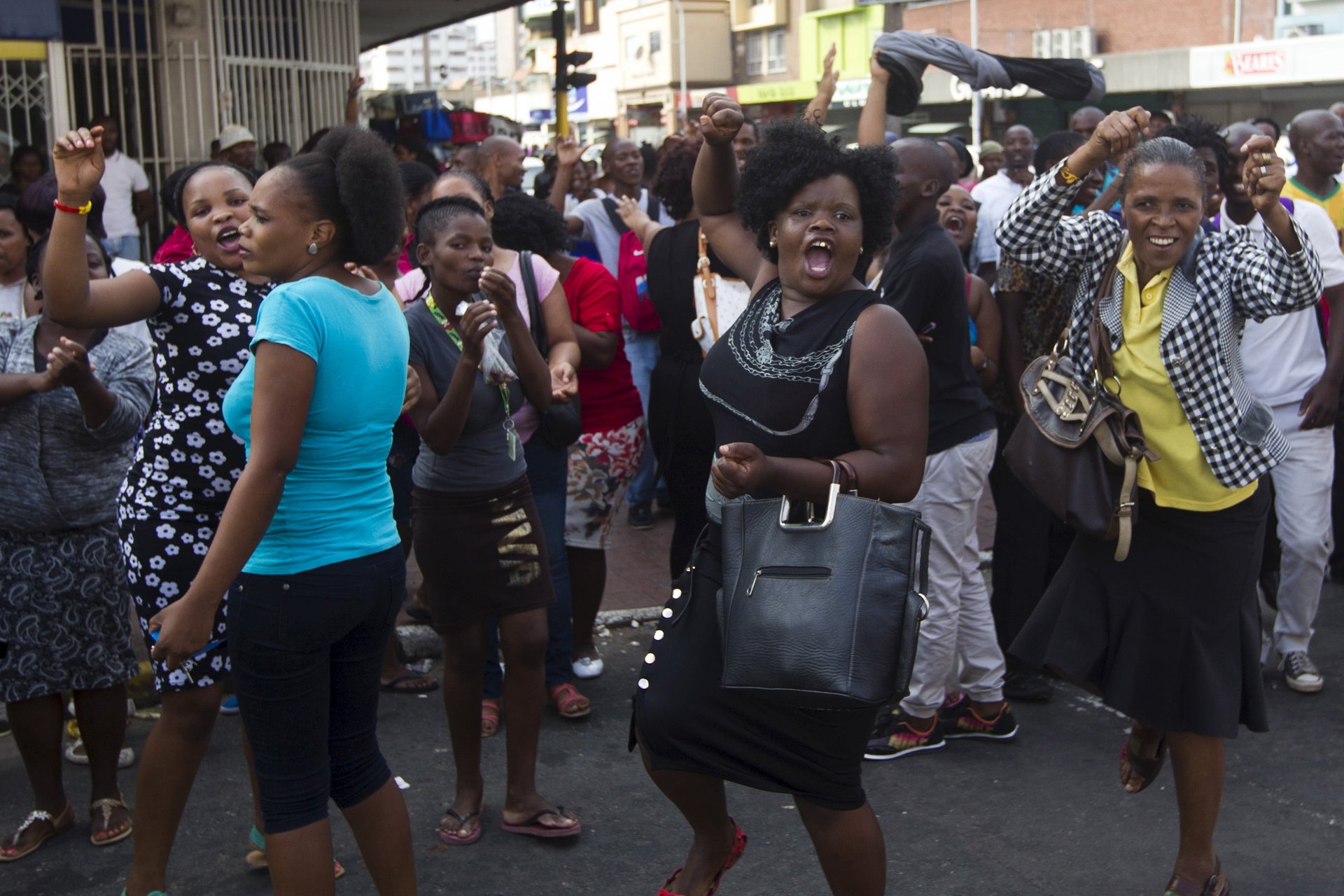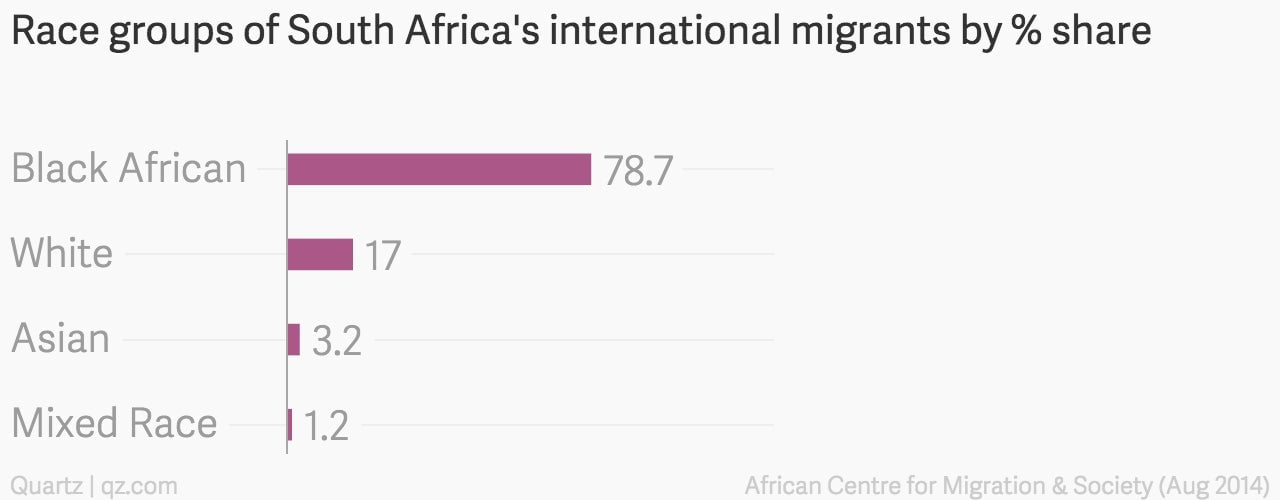Why black South Africans are attacking foreign Africans but not foreign whites
The attacks on migrant shop owners in Durban this week reminds us the position of foreigner in South Africa is a complex one. After decades of isolation from the rest of the African continent, and the world, during apartheid, South Africa finally opened up to the rest of world in 1994.


The attacks on migrant shop owners in Durban this week reminds us the position of foreigner in South Africa is a complex one. After decades of isolation from the rest of the African continent, and the world, during apartheid, South Africa finally opened up to the rest of world in 1994.
Under apartheid, South Africa’s immigration mirrored the narrow mindedness and prejudice of the National Party. Several laws made visiting or living in South Africa unpalatable to many. Particularly those of non-European descent.
At the dawn of the “new South Africa” in 1994, the country became home to many outsiders playing a key role in offering protection and refuge to people who had suffered unfavorable conditions in their home countries.

At the heart of South Africa’s complex problem with xenophobia is the loaded meaning of the term “foreigner.” Pejoratively, the term “foreigner” in South Africa usually refers to African and Asian non-nationals.
“Other” foreigners—particularly those from the Americas and Europe go unnoticed—they are often lumped up with “tourists,” or even better, referred to as “expats.”
It is this reason why the South African government says its hesitant to call the recent attacks on foreign nationals as xenophobic.
Is it “Afrophobia” or xenophobia?
Many South Africans look at the attacks on enterprising African immigrants from Somalia, the Democratic Republic of Congo, Mozambique, Nigeria and Malawi—often running shops, stalls and other businesses in the informal economy—and resolve that the current attacks on foreigners are more afrophobic, than xenophobic.
Many ask: “Why is it that a Somali man can run a shop in a township, get raided and beaten up, while a white immigrant in town continues to run a restaurant full of patrons?”
It is this delineation that breeds ground for denial.
While this sentiment may be correct—that the violent expression of xenophobia in South Africa is meted out mainly against African immigrants – it is unhelpful to resolve the crisis that has left many foreign nationals homeless, tortured and dispossessed.
While we can ascribe the attacks to sentiments of Afrophobia, we must be willing to agree that the attacks are fuelled by a sense of hatred, dislike and fear of foreigners – and that is xenophobia. And given the fact that foreign nationals from Pakistan and Bangladesh have been profiled in this wave of attacks, it will soon no longer be enough for South Africans to cry “Afrophobia.”
A hangover from the past, fueled by present
South Africa’s xenophobia reflects the country’s history of isolation. As a country at the Southern most tip of Africa, South Africans are fond of referring to their continental counterparts as “Africans” or “people from Africa.” Many business ventures, news publications and events—aimed at local audiences—routinely speak about “going to Africa.”
Of course this narrow-mindedness, suffered by both black and white South Africans, is a by-product of apartheid. For black people, apartheid was an insidious tool used to induce self-hate and tribalize people of the same race. For white South Africans, apartheid was a false rubber-stamp of the white race as superior.
It is these two conceptions that gave rise to the myth that South Africa is not part of the African continent, but a different place that just happens to be on the tip of the continent.
Long after the scourge of apartheid, it is also clear that we’re fueling this prejudice in the present.
It remains to be seen whether South Africans will break away from these shackles, and rid themselves of this horrid prejudice anchored in our past, but seemingly fuelled by our present.